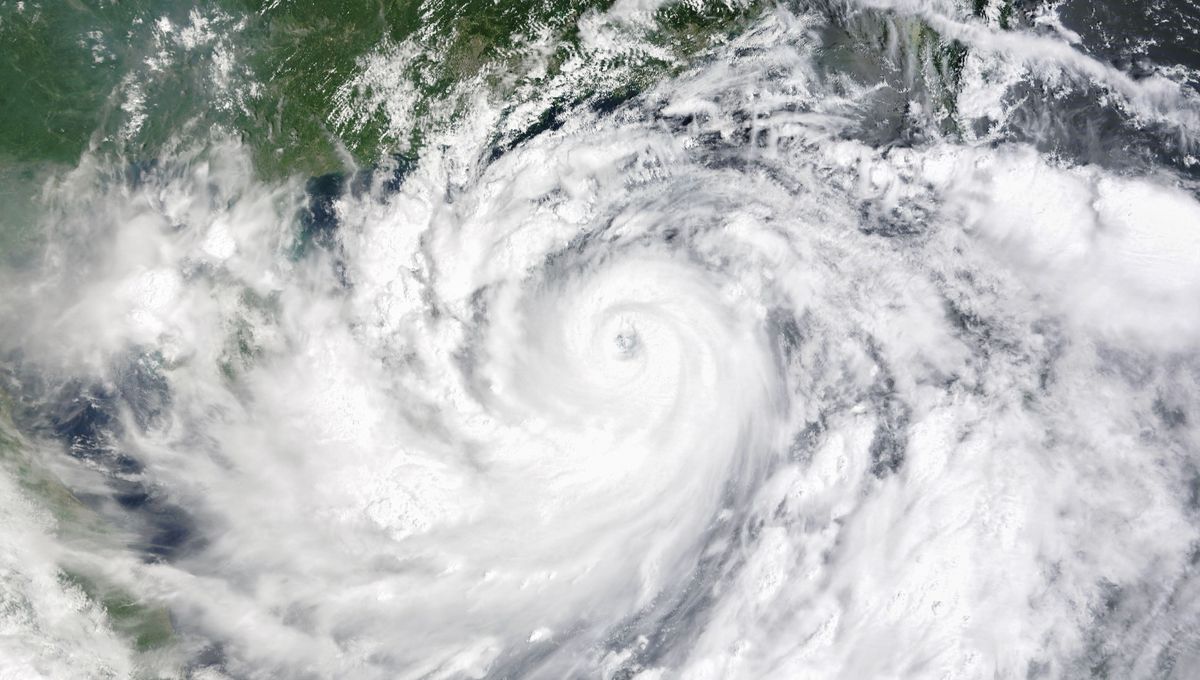
Typhoon Yagi has become one of the most intense typhoons to ever hit Vietnam, and it has left behind death and devastation, not only in that country but across the Philippines, Hong Kong, Macau, and mainland China. This is the 11th named storm of this year’s typhoon season, which started in late May, and the only one so far that has been categorized as a “violent typhoon” by the Japan Meteorological Agency.
Meteorological agencies witnessed the rapid intensification of the storm around September 3. The warm sea temperatures contributed to the tropical cyclone becoming more and more powerful and destructive.
Measurements showed that on September 5, it had one-minute sustained winds of 260 kilometers per hour (160 mph). That placed it as a category 5 typhoon, also known as a super typhoon.
Yagi is only the fourth-ever category 5 typhoon in the South China Sea, following Pamela in 1954, Rammasun in 2014, and Rai in 2021. The fact that three have occurred in the last decade follows warnings from scientists about the effect that the climate crisis is having on these storms.
What makes a super typhoon?
Speed
Typhoons, like hurricanes, are intensified tropical cyclones. This storm system spins in a circle, ending up forming an eye in the middle. Winds have to be intense to be classified as a hurricane or a typhoon: over 119 kilometers per hour (74 miles per hour). Anything below is a tropical storm or, if they are weaker, a tropical depression.
Location
Typhoons also depend on location. If a cyclone occurs in the northwest of the Pacific Ocean, it’s called a typhoon. Hurricanes are classified with the Saffir–Simpson hurricane wind scale in five categories, although there’s been a proposal for adding a sixth category. Typhoons are classified in a slightly different way.
Super typhoon wind speed
There’s a typhoon, a very strong typhoon, then a violent typhoon. In 2013, a new category of “super typhoon” was introduced. For authorities in the Philippines, a super typhoon starts at 185 kilometers per hour (115 mph), while other classifications keep it at 220 kilometers per hour (135 mph). The scales are needed to easily inform the public of the danger they face, so the specific numbers matter less when the winds are so potentially threatening.
Typhoons also tend to weaken once they hit land and this was the case for Yagi. However, as per Reuters, the storm has caused the death of at least 82 people and 64 people are currently missing at the time of reporting, with 752 people having been injured.
Source Link: Deadly Tropical Storm Yagi Has Become A Super Typhoon – What Does That Mean?